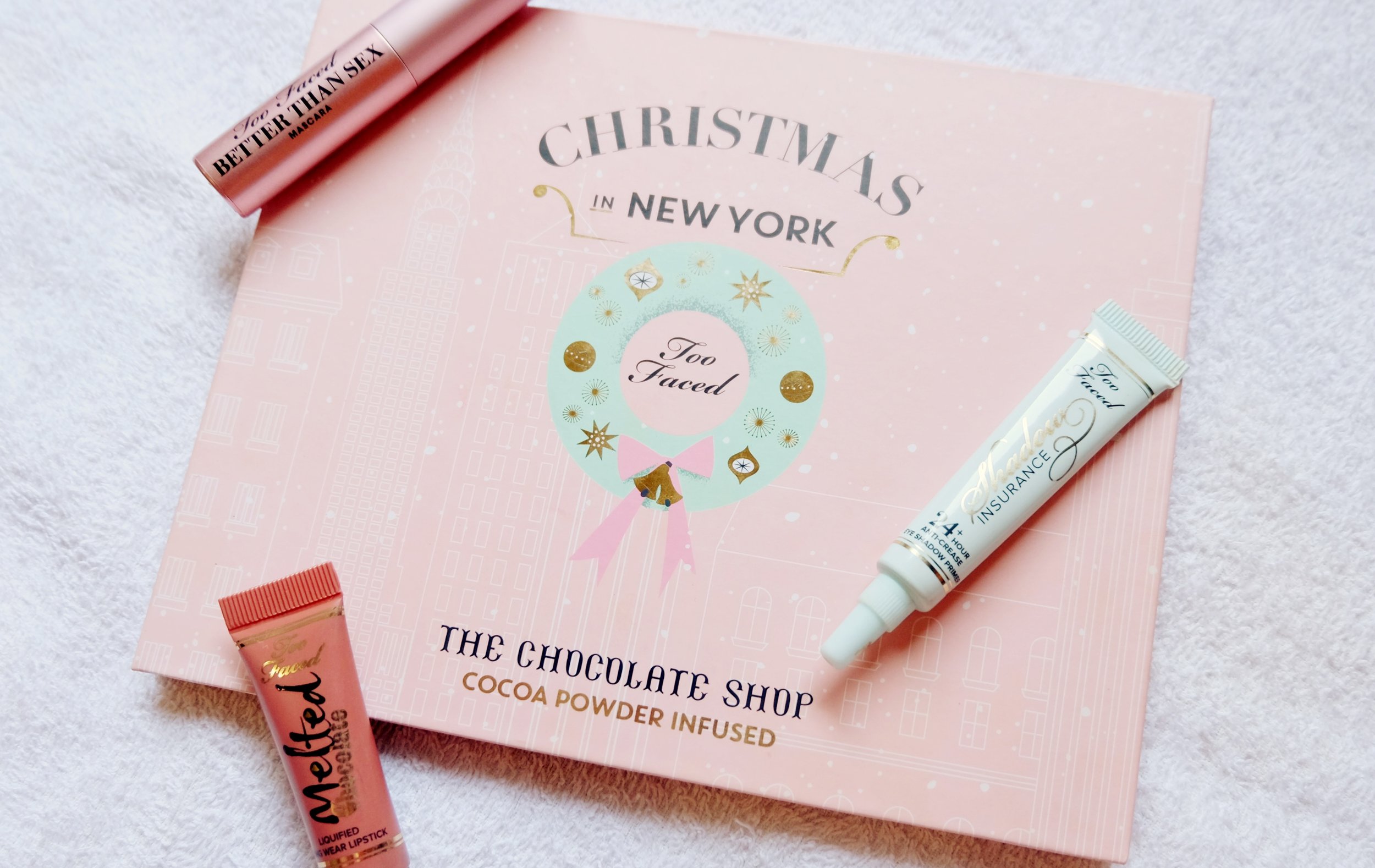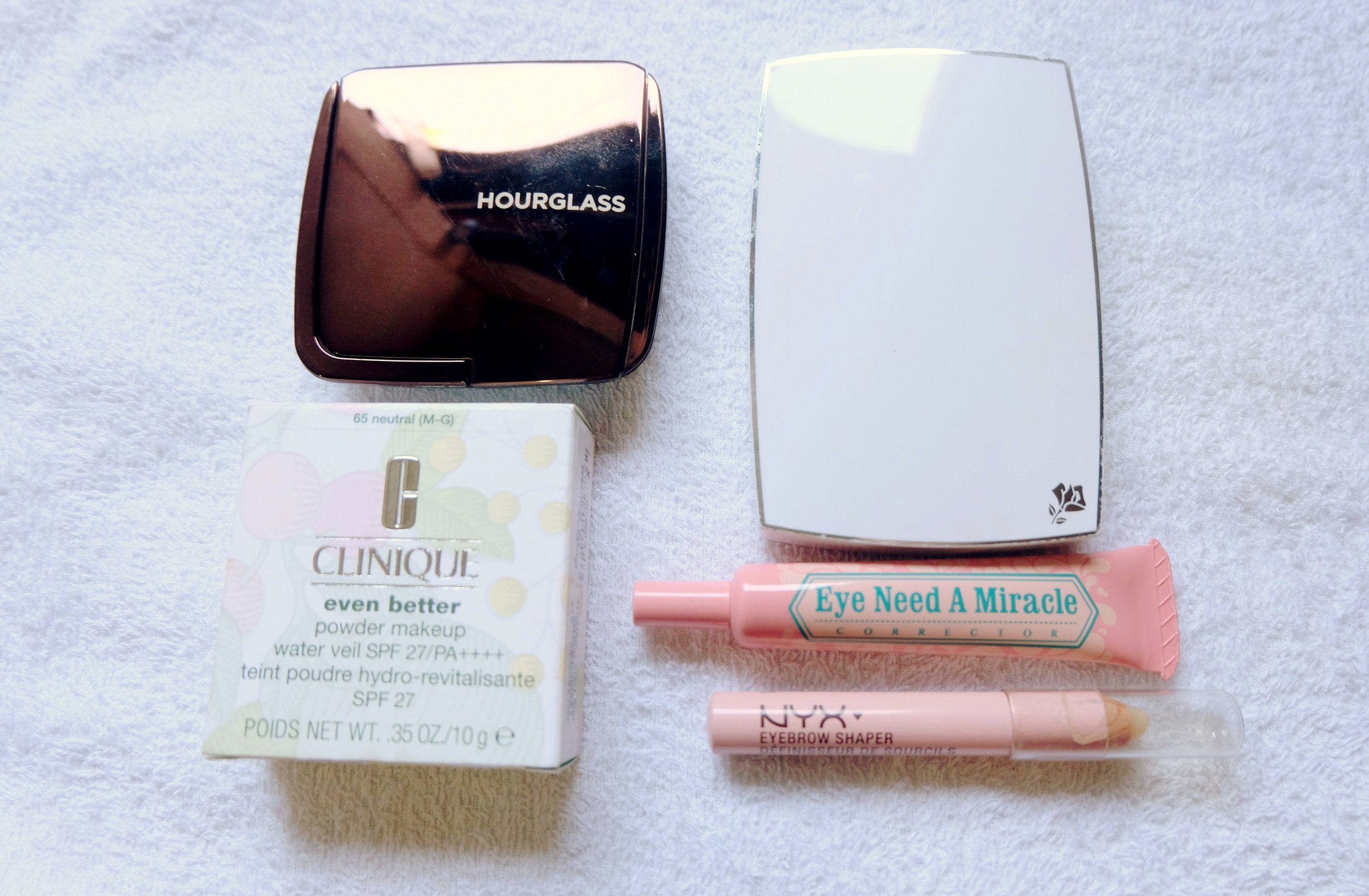Made In ___: Does the country of origin of your beauty products matter?
As consumers, we might be fickle about where our clothing and our food are made, but what about cosmetics and personal care products? To be honest, I never considered this before, when my beauty buys were limited to drugstore and drugstore-priced products. When I started getting into mid- and higher-end products though (it strangely coincides with the time I started writing for PV, hmm) I admit my curiosity was piqued because the higher price tag made them feel like actual investment pieces. So I had to know: am I getting my money’s worth by spending more for these items when they could possibly be made in the same place as my cheap thrills?
When I spotted Too Faced’s The Chocolate Shop box set on sale at Sephora, I just had to get it. This was my first time to try anything from the brand, and I was excited to see how it fared against my cheaper HGs. Upon closer inspection though, I was surprised to find that although it was sold as a boxed set, the various items were made in different continents!
The face and eyeshadow palette was “Bulk made in USA, assembled in Dominican Republic,” the eyeshadow primer was made in USA, while the mascara and liquid lipstick were both made in Italy. Also, since I bought it from the Singapore-based Sephora.ph, it had to travel even more to finally get to lil’ old me. I thought, wow, these products have been to more places than I have! If the set had a passport, its pages would have been stamped full!
This made me wonder about how beauty brands decide where to make their products so I did a bit of digging - in my own stash.
Production Cost
I had assumed that all drugstore makeup was made in China (also P.R.C. – People’s Republic of China). Imagine my surprise when I discovered that some of my L’Oreal makeup (all purchased locally) were actually made in the US! Drugstore giant L’Oreal Paris might have many things to consider in its business process, but it makes sense that production cost would be one of its biggest factors. I mean, they’re not afraid to stamp “Made in China” on other products, so they’re assuming their buyers don’t mind where the products are manufactured. Bottom line, maybe it’s simply cheaper to mass-produce something in one place, and then have it distributed to different countries.
Localized Manufacturing and Ingredient Specialty
At first glance, the products in the photo above seem like a random assortment of makeup. They have one thing in common, though: all of them were made somewhere besides their brand’s headquarters. Both the Lancome and Clinique powder foundations were made in Japan, I think mostly because the manufacturers there shine in this category. Local brand Happy Skin’s corrector was surprisingly made in Japan as well, presumably since it's where its star ingredient (Japanese Tea Extract) comes from.
I’ve noticed most of NYX’s products are made in China but this eyebrow shaper was made in Germany. A blogger once said that she noticed almost all of her pencil makeup were made there in Deutschland, which is apparently the king of pencil products. Meanwhile, my prized Hourglass Lighting Powder was made in Italy, even if the brand is based in California. Supposedly, many baked powder products are made in Italy so it certainly looks like brands consider local specializations in beauty manufacturing, too.
Patented Technology
Sometimes, beauty brands have to deal with patented formulas, techniques, and packaging to bring their product design to reality. A good example is South Korea’s cushion technology. Korean beauty giant AmorePacific first came up with this innovation, and was quick to register 13 patents internationally with 114 (!!!) more on the way. By doing so, they’ve effectively cornered the cushion beauty market - other brands would have to work with them if they want to (legally) use this innovative medium!
Local Love
Brands also tune in to what consumers want, and we definitely want to support local! In recent years, we've seen a lot of more of home-grown beauty brands that are also proudly made in the Philippines. The French have also been known to have excellent skin care so brands like Nuxe, Avene, and Caudalie have capitalized on that, manufacturing their products exclusively in France. Personally, I’ve yet to find a K-beauty product that’s not made in Korea, whether skin care or makeup!
Full Disclosure?
I’ve also seen some questionable labels that made me scratch my head. My Shiseido brow pencil was made in China but assembled in USA. Two of my liquid lippies (by Revlon and Jordana) were both made in USA “with US and non-US components.” Mysteriously, my Beach Hut Kids spray sunblock was designed in California, USA and assembled in the Philippines! I guess there still is prestige associated with US-made products, as some brands seem keen to show some association with Uncle Sam. This made me question what exactly are brands required to show on product labels.
The US Fair Packaging and Labeling Act provides that: “The commodity shall bear a label specifying the identity of the commodity and the name and place of business of the manufacturer, packer, or distributor.” Simply put, brands are NOT required to list all the information of its manufacturers. Notice the glaring “OR” in “manufacturer, packer, or distributor”? No wonder I can’t find “made in” info for some of the products I have, because adding it to the product label is apparently optional! They could just put the brand’s headquarter address and technically comply with legal labeling requirements.
Other Legal and Ethical Considerations
For a while, I avoided buying products made in China because I had read that China requires animal testing for all cosmetics. As it turns out, this is only true for products being sold there, not manufactured there! Brands are forced to test on animals if they want to enter the Chinese market.
Ingredient restrictions also vary for some countries. I once tried to focus on Europe-made skin care products since the European Union (EU) bans controversial ingredients like formaldehyde, triclosan, selenium, nitrosamines, and 1,4-dioxane in cosmetics. Once again, apparently the ban applies only to products being sold there. It seems like a product’s intended market far outweighs its origins when it comes to the production of beauty items.
Bottom line, making beauty products is a business. From formula to packaging and even down to its production site, products are made to be as attractive as possible to the market. Personally, I don’t look at where a beauty product is made anymore. What really motivate me to make a purchase are product quality and experience, but that’s just me! Does it matter to you where your beauty buy was made? Do you keep a look out for specific countries or areas? Let me know in the comments!
Header image by Samantha Gonzales
Sources: Stash Matters, Beauty Packaging, US FDA, Safe Cosmetics







